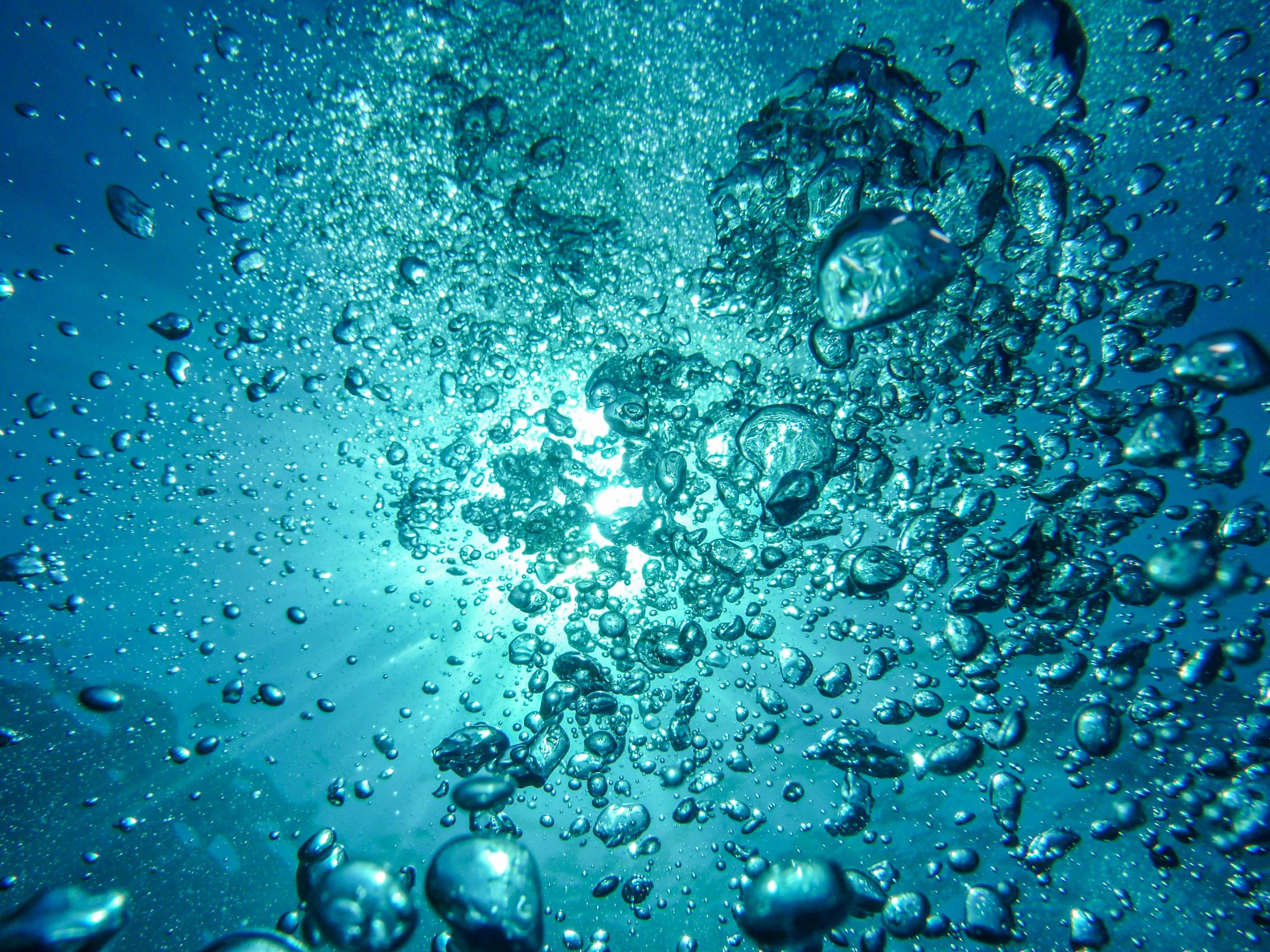
If you’ve read the ingredient label on a food package, you’ve probably seen “water” more times than not, and never thought twice. I mean after all, water is natural and we’re taught if you can recognize and pronounce all the ingredients, you’re good to go. WRONG! Water is commonly added as an ingredient in creating many food products, especially sausage, and it’s NOT to your benefit…
First, let’s set the facts about water straight!
The chemical compound H2O (commonly referred to as water or aqua) is a naturally occurring compound that exists in nature and all forms of life. As a MATTER (pun intended) of fact, water is arguably the most necessary substance for life to exist. This is often why astronomers and scientists devote a large portion of energy to analyzing a planet’s potential for containing water, when trying to determine if life exists, has existed, or could exist on other celestial objects.
Just how crucial is water? Let’s take Earth for example. Home to nearly 8.7 million different forms of life (and potentially many more that’re undiscovered). Earth’s surface alone is composed of about 71% water, which not only serves as a home to an estimated 25% of Earth’s species, but also provides life & nutrients to the organisms living on the land. Additionally, water can compose up to 90% of an organisms body weight. For the 7.7 billion humans on earth, water composes up to 60% of their body weight. Broken down, the brain and heart are composed of 73% water, the lungs about 83% water, skin is 64%, muscles and kidneys are 79%, and even the bones are 31%. Altogether, water exists a great deal on Earth and that’s no accident.
If water is natural, then what’s the big deal?
It is certainly not harmful to add water when creating food products. The problem is that water is a very cheap additive & filler, that doesn’t add any real value. It is simply an empty substance that increases product weight. Such that a previously 12-14oz batch can quickly be increased to 16oz, with practically no cost to the company. Of course, you (the consumer) will still be charged for 16oz of product, even though you’re really only getting 12-14oz.
Even better, the food company has tricked the consumer, because after all they’re just adding water, right?! Water doesn’t add carbs, sugars, fats, or calories like other fillers do. Thus, when the consumer flips the package over, added water likely won’t raise any red flags. So your inclined to toss it in your cart and happily walk away thinking your good to go. But unfortunately, you’ll be stuck paying the toll when you get to the register and have to fork over cash for an inflated package.
Why doesn’t Boulder Sausage add water like everyone else?
In short, because we are truly different! Boulder Sausage was founded on the principle of creating products that our customers can trust and be proud to serve to their valued kin.
We believe in creating real value for our customers. By simply choosing to not add water to our sausage, we’ve increased the value for the consumer. You don’t have to worry about paying for water as if it was product, nor do you have to worry about the product shrinking when you cook it. As you know, water has a very low boiling point, so it simply cooks out when added to raw sausage/meat. Thus, you could very easily start with 16-19oz of product (which you fully paid for), but after the cooking process you may be left with only 10-14oz. That is exactly what we avoid at Boulder Sausage! Not to mention, because we don’t add water, we don’t have to use those disgusting absorbent pads in our meat packaging.
We’re extremely proud of what’s NOT in our sausage, even when talking about water. Transparency is the name of the game at Boulder Sausage. Just another way we treat your family like our family.
Notes:
Check out our article on fillers, to learn more about all the fillers commonly used in the marketplace. Read more…
To view a list of our product’s ingredients, click here…
*Sources are sited as direct hyperlinks in the respective sections they relate.

